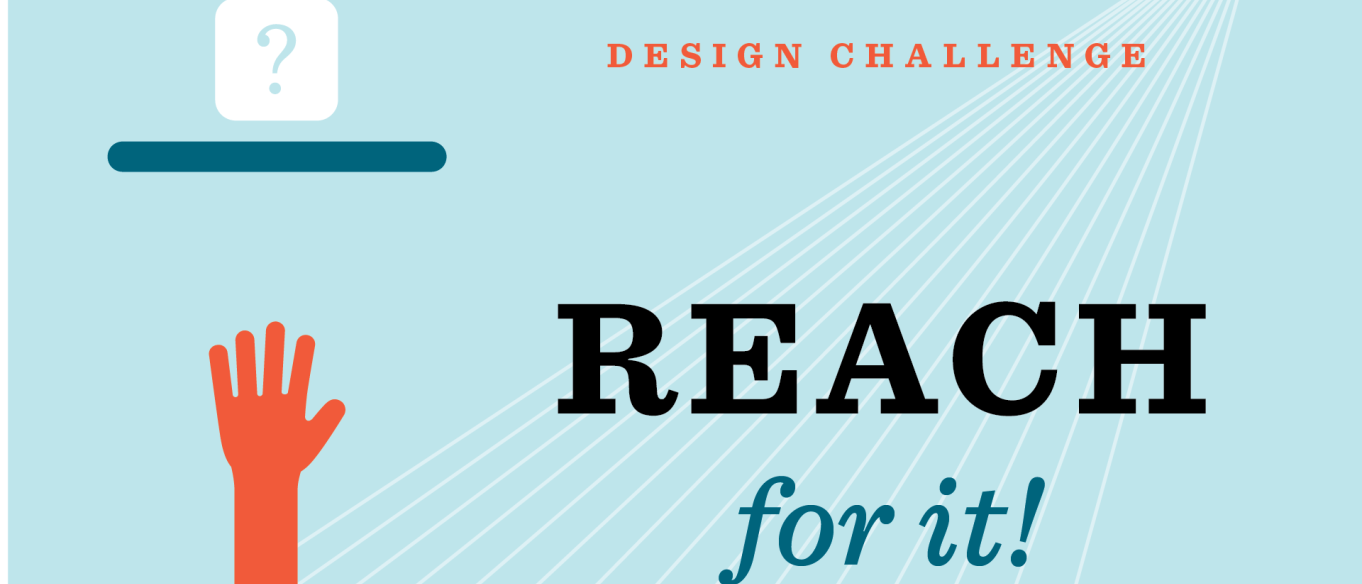
What do you do when your top shelf is too high to reach? If you’re Benjamin Franklin, you invent a tool to make the job easier! Follow in Ben’s inventor footsteps as you engineer a tool to extend your reach.
Age: 8+
Time: 20 - 40 minutes
Topics: invention, design challenge, reaching tool
What you need:
A variety of materials for building your grabber tool, such as:
- Chopsticks, skewers or paint stirring sticks
- Wooden dowels, long twigs, or gardening stakes
- Sturdy cardboard
- Pipe cleaners
- Clean, empty plastic food containers
- Tape
- Yarn or string
- Rubber bands
- Twist ties
- Paper clips or binder clips
Tools for working with your materials, such as:
- Scissors
- Hole punch
Materials for recording your ideas, such as:
- Paper
- Pencil, markers, or crayons
What to do:
1. Start by thinking about times when you tried to reach something that was too high or too far away. How did you solve the problem? Now think about a person who couldn’t easily climb, reach, or bend over. What would they need to help them solve the problem?
2. Brainstorm some ideas for a tool that could help a person reach an object that is far away or on a high shelf. What parts might it need to have? What objects have you seen or used before to help you reach something? Look at the materials you gathered and think about different ways you could use them to extend your reach.
3. Choose the idea you think will work best and make a plan for what your tool will look like. What parts will you need? How will you attach them to each other? Draw a picture of your design plan to help you remember.
4. Start building your reaching tool. Remember to test your tool frequently while you work! Here are some questions to think and talk about:
- What parts of your design are working well?
- What parts of your design aren’t working the way you’d hoped?
- What could you change about your design to help it work better?
5. Keep testing and redesigning your reaching tool until it works the way you want it to. Don’t worry if this takes a lot of tries; engineers and inventors usually have to change their designs many times before getting their inventions just right!
6. Other ideas to try:
- Ask someone who is taller or shorter than you to try out your tool. How does it work for them? What suggestions do they have for improving your design?
- Think about how you would market your reaching tool to someone who wanted to buy it. What will you call it? Who does it work best for? What are its best features? Make a poster or video to advertise your tool.
- What other tasks might be challenging for someone who has difficulty reaching or bending over? Design a different tool or solution to help with one of those tasks.
What’s happening?
When Benjamin Franklin was 80 years old, he realized it was getting difficult to climb up and down steps to get the books on his top shelves. To solve this problem, he designed what he called a Long Arm, made from an 8-foot-long stick with two wooden slats attached to one end to act as a finger and a thumb. A long cord was attached to the fingers, and the other end had a loop so the person using it could hold the fingers tight around the book until it was brought it down from the shelf. Franklin drew and explained his invention in letters to his friends so they could make their own Long Arm.
This is an example of assistive technology: tools that are designed to help people with differing abilities work around their challenges. Variations of Ben Franklin’s reaching tool are still used today by people with mobility difficulties to help them reach far away objects. Devices like eye glasses, hearing aids, walkers, and prosthetics are also examples of assistive technology.
To create new assistive technology like your reaching tool, engineers and inventors use the engineering design process:
- Research – Find out what other people have already made or discovered related to the item.
- Gather requirements – List all the things the new item needs to have, be, or do in order to work correctly.
- Brainstorm and plan – think of lots of different design ideas and then choose the best one.
- Build and test – make a first version of the item and test it.
- Redesign and retest – keep changing, testing, and improving the design until it meets all the requirements as well as it possibly can.

